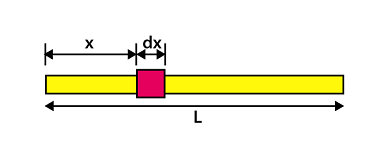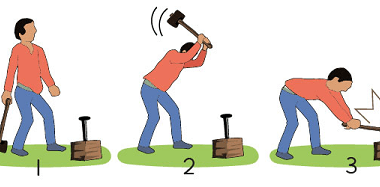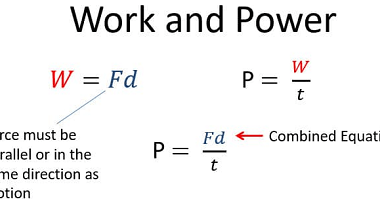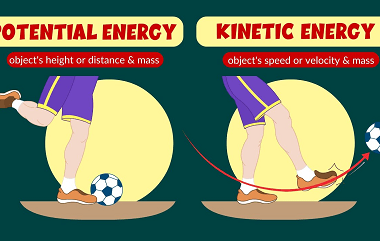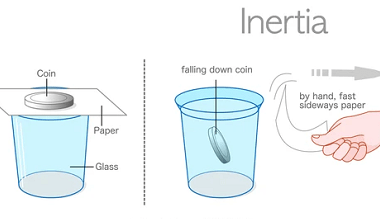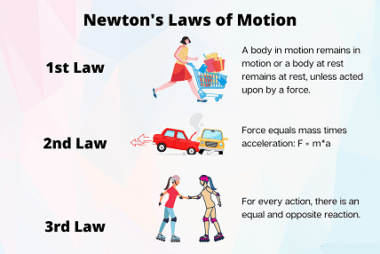Centre of mass
The center of mass (also known as the center of gravity) is a point in an object or a system of objects where the mass of the system is concentrated. It is the average position of all the parts of the system, weighted according to their respective masses. The center of mass is an important…
